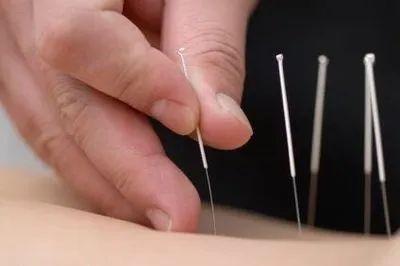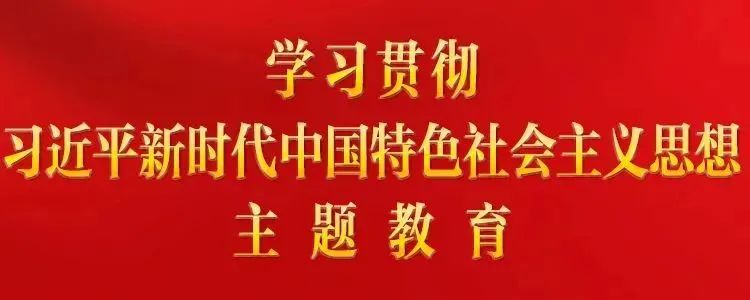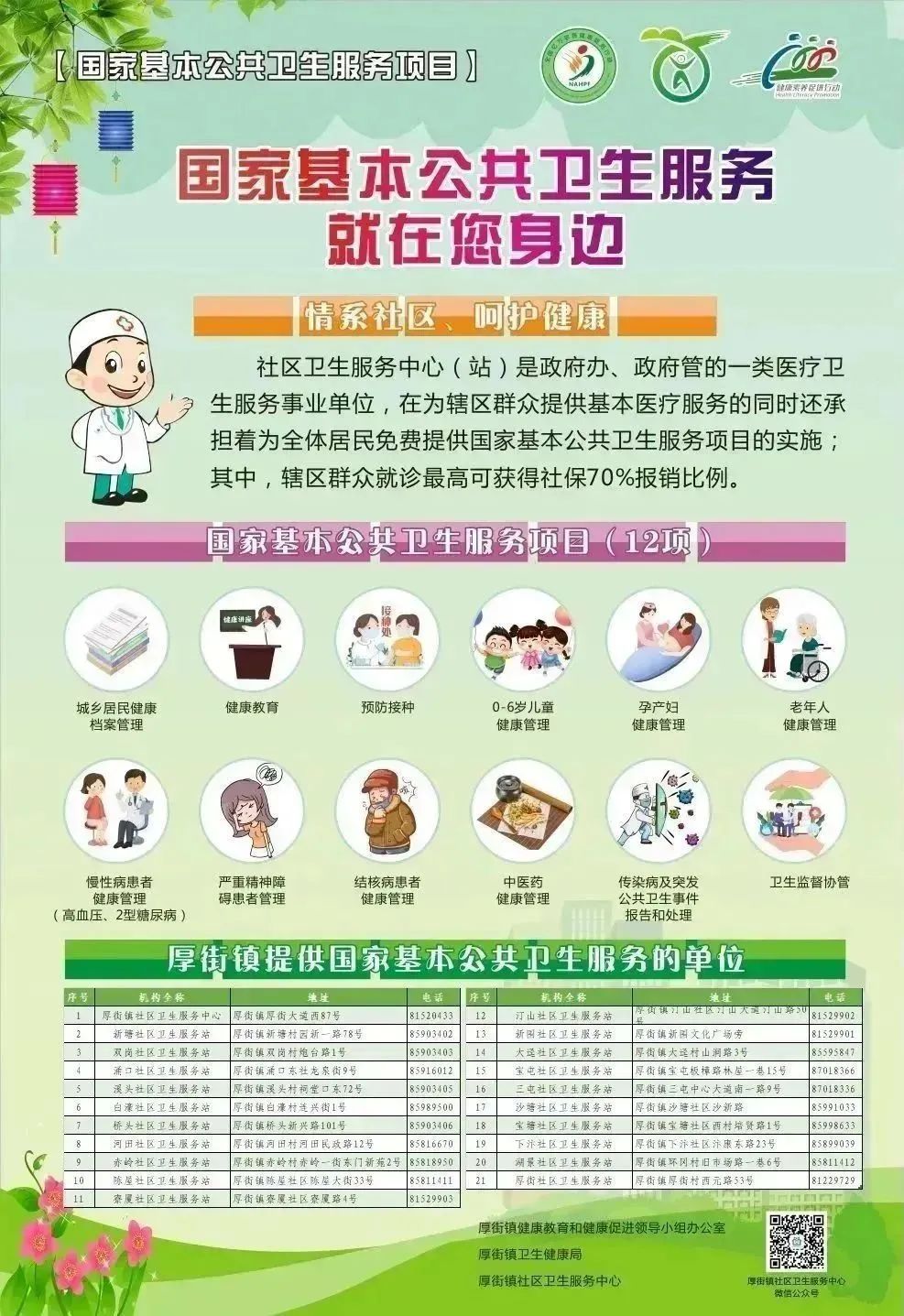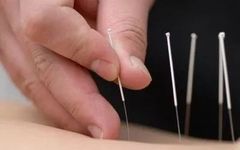
Click “blue text” to follow us
Introduction to TCM Suitable Techniques
Fine Needle Acupuncture Technique
Acupuncture is a therapeutic method in Traditional Chinese Medicine (TCM) that stimulates specific acupuncture points on the body to unblock meridians, harmonize yin and yang, and tonify deficiency while draining excess, achieving the goal of strengthening the body and expelling pathogens. Acupuncture consists of two methods: acupuncture, which generally refers to the fine needle technique, and moxibustion, which refers to the moxibustion method. Today, we will primarily introduce the fine needle acupuncture technique.

Fine needles are made of metal, and the acupuncture needles used clinically are mostly made of stainless steel. This is because stainless steel fine needles have high strength and toughness, with a straight and smooth needle body that can withstand high temperatures, resist rust, and are not easily corroded by chemicals. They are generally used once in clinical practice.
The structure of fine needles consists of five parts: needle tip, needle body, needle root, needle handle, and needle tail. Currently, the fine needles used clinically are generally 0.3mm in thickness, with lengths of 25mm (1 inch), 50mm (2 inches), and 75mm (3 inches). Short fine needles are mainly used for facial and superficial acupuncture points, while long fine needles are primarily used for acupuncture points in areas with thick muscle.
The principle of the fine needle acupuncture technique is mainly based on the TCM theories of yin-yang and the five elements, as well as the theory of meridians. TCM believes that the physiological functions of the human body and the occurrence and development of diseases are related to the balance of yin and yang. An imbalance of yin and yang can lead to the occurrence of diseases. Meridians are an important system within the human body that connects various parts of the body, responsible for transporting qi and blood and regulating physiological functions.
Fine needle acupuncture adjusts the flow of qi and blood in the meridians by stimulating acupuncture points, restoring normal function, thereby achieving the purpose of treating diseases.
Indications for Fine Needle Acupuncture
01
Various Painful Conditions
Such as headaches, joint pain, neck, shoulder, waist, and leg pain, etc.
02
Neurological Disorders
Such as stroke, facial paralysis, insomnia, etc.
03
Digestive Disorders
Such as gastritis, constipation, etc.
04
Respiratory Disorders
Such as asthma, chronic pharyngitis, rhinitis, etc.
05
Gynecological Disorders
Such as menstrual irregularities, dysmenorrhea, polycystic ovary syndrome, etc.
06
Skin Diseases
Such as acne, herpes zoster, etc.
07
Pediatric Disorders
Such as malnutrition, pediatric indigestion, etc.
The sensation produced when the needle is inserted into the acupuncture point is known as “needle sensation” or “obtaining qi.” When this sensation occurs, the practitioner feels a dense and tight sensation under the needle, while the patient may experience sensations of soreness, numbness, swelling, or heaviness.

Contraindications for Acupuncture
Although fine needle acupuncture is a relatively safe treatment method, there are still some contraindications to avoid potential side effects and complications.
1.During Pregnancy:Pregnant women should avoid fine needle acupuncture treatment, especially at acupuncture points on the abdomen and lower back, as stimulating these points may induce uterine contractions, increasing the risk of miscarriage or premature birth.
2.Bleeding Disorders:Patients with bleeding disorders, such as hemophilia or thrombocytopenia, should avoid fine needle acupuncture treatment to prevent exacerbating bleeding risks.
3.Skin Infections:If the patient has skin infections, ulcers, or other skin lesions, fine needle acupuncture should be avoided in the infected area to prevent the spread of infection or worsening of the condition.
4.Heart Disease:Patients with severe heart disease should carefully consider fine needle acupuncture treatment, as stimulating certain acupuncture points may affect heart function.
5. Mental Disorders:Patients with severe mental disorders may have an exaggerated response to fine needle acupuncture, thus requiring careful selection of treatment methods.
6.Allergic Reactions:Some individuals may have allergic reactions to the materials of the fine needles or acupuncture tools, and should inform the practitioner before treatment to take appropriate precautions.
7.Before or After Eating:Receiving fine needle acupuncture treatment on an empty stomach or immediately after eating may cause discomfort or adverse reactions, so it is best to wait a while after meals before treatment.
8.Alcohol or Drug Influence:Consuming alcohol or certain medications may affect the body’s response to fine needle acupuncture, so it is advisable to avoid alcohol or stop taking specific medications before treatment.
9.Children and the Elderly:Special care should be taken in selecting acupuncture points and the intensity of stimulation for children and the elderly to avoid unnecessary risks.


As the functions of TCM centers and various sites continue to improve, the advantages of specialized and branded services are becoming more prominent, addressing the community’s demand for TCM services, allowing them to enjoy simple, convenient, affordable, and effective TCM services right at their doorstep, effectively serving as “guardians of health.” Currently, the center and 20 sites can provide TCM suitable technique services.


Contributed by: Wang Ningning
Edited by: Xue Er
Reviewed by: Xiao Yanxia, Luo Wenyong, Guan Zhijun




